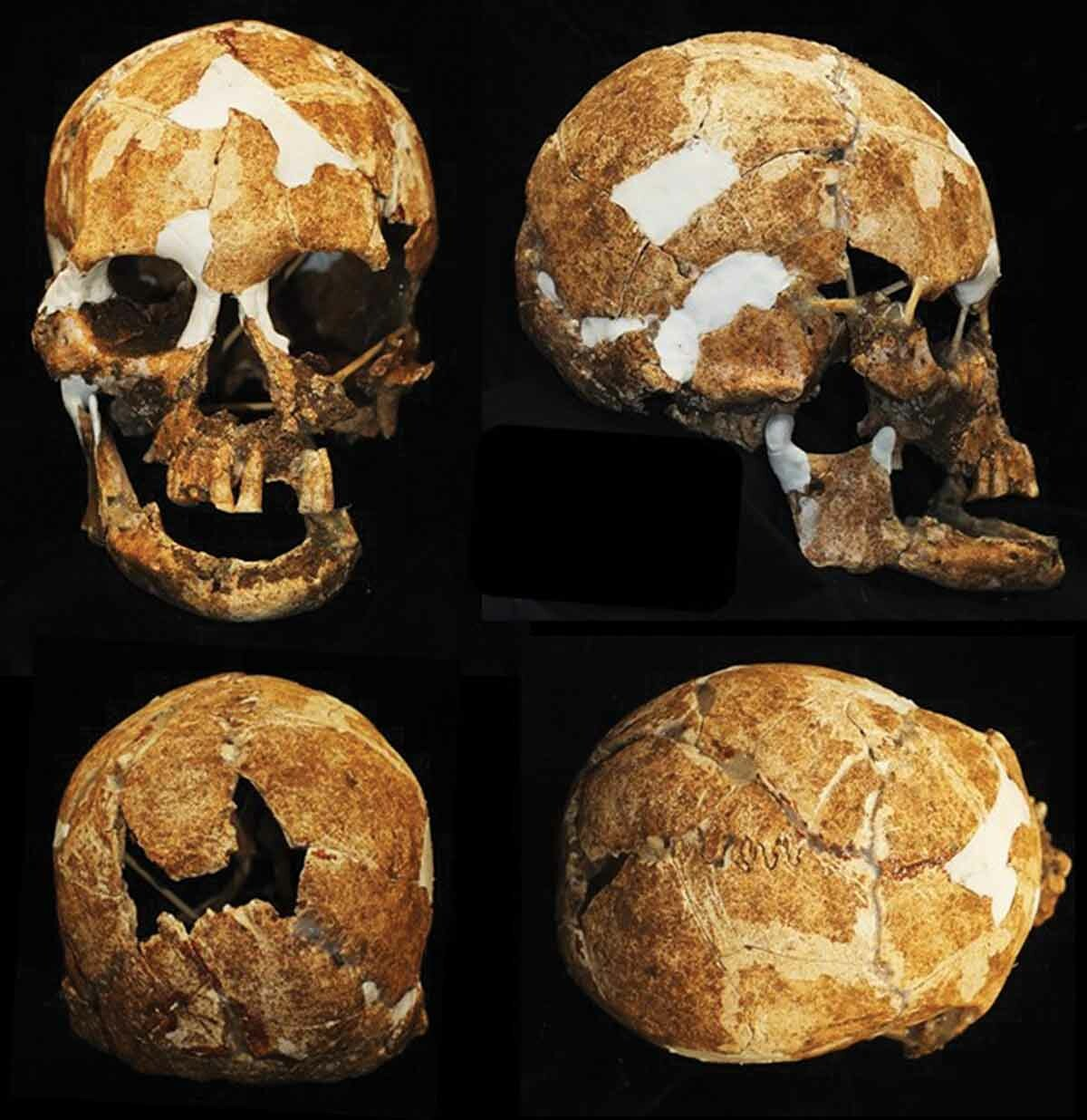Taiwan is known as the homeland of the Austronesian-speaking groups, yet other populations already had lived here since the Pleistocene. Conventional notions have postulated that the Palaeolithic hunter-gatherers were replaced or absorbed into the Neolithic Austronesian farming communities. Yet, some evidence has indicated that sparse numbers of non-Austronesian individuals continued to live in the remote mountains as late as the 1800s. The cranial morphometric study of human skeletal remains unearthed from the Xiaoma Caves in eastern Taiwan, for the first time, validates the prior existence of small stature hunter-gatherers 6000 years ago in the preceramic phase. This female individual shared remarkable cranial affinities and small stature characteristics with the Indigenous Southeast Asians, particularly the Negritos in northern Luzon. This study solves the several-hundred-years-old mysteries of ‘little black people’ legends in Formosan Austronesian tribes and brings insights into the broader prehistory of Southeast Asia.
Figure 10. The cranial profile of the Xiaoma female
The Xiaoma skeleton from the preceramic burial feature has revealed new insights into the ancient population structure of Taiwan and the larger regional picture in Southeast Asia. The apparent Negrito affiliation at Xiaoma nearly 6000 years ago conceivably could represent a direct descendance from the original Palaeolithic Changbinian population who had settled at the Baxian Caves of eastern Taiwan about 30,000 years ago, but equally the Negrito affiliation could represent a second or later wave of migration, still within the general ‘first layer’ of hunter-gatherer occupation of East/Southeast Asia.





No comments:
Post a Comment